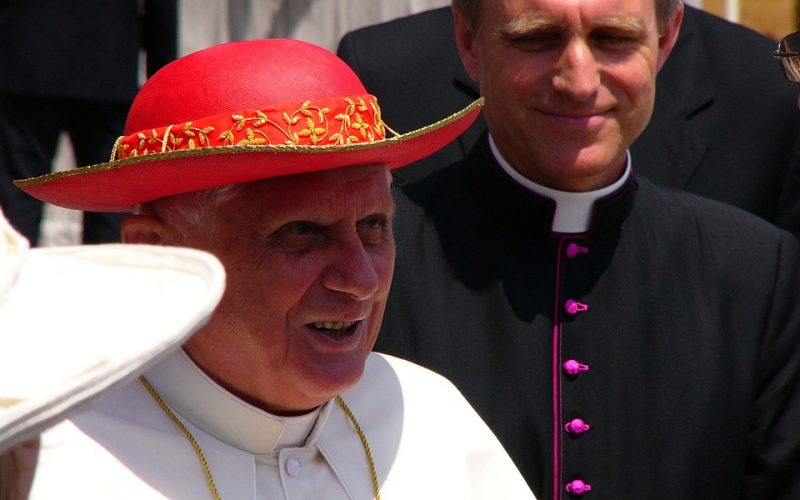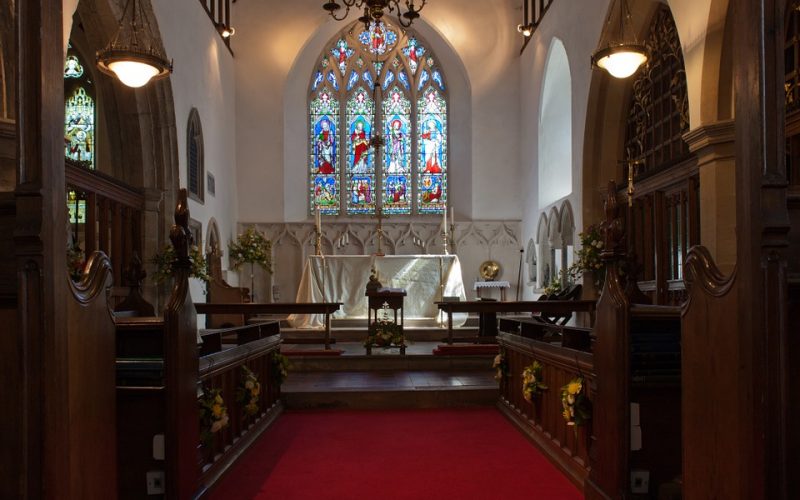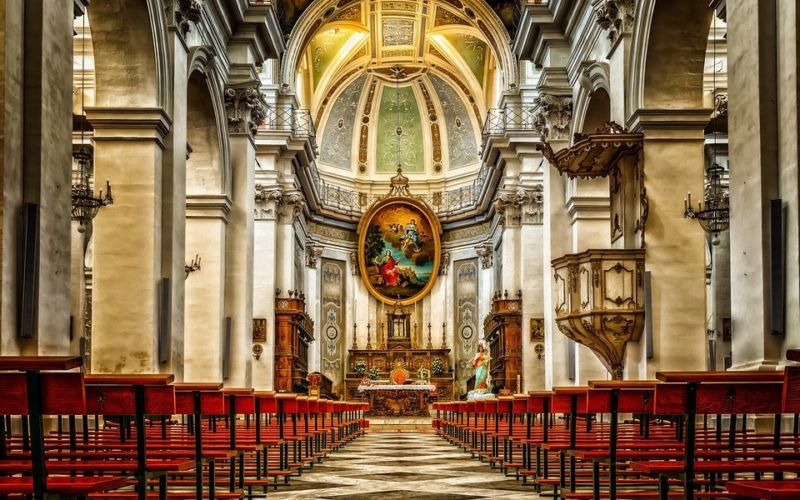The Protestant Reformation
During much of its history, the Anglican Church has been influenced by a variety of factors. From the beginning, there were many differences with the Pope in Rome. Christianity in England was practiced with local influences and Roman orders were often resented. The Pope sent Augustine to reign in the church and enforce obedience to Rome. This was resented by both the people and their monarchs. When the Protestant Reformation began, England was already at odds with Roman Catholic rule and severed ties. After that happened, different Protestant sects tried to influence the direction of the church.
King Henry VIII was the first ruler to completely sever ties between the Church of England and the Church in Rome. Much of his reign was characterized by resistance to the Pope’s dictates. Even before Martin Luther presented his Theses against the church, England had been defying Rome. The murder of Thomas Becket was only one of the more notable events. The Magna Carta contributed as well with its first point a declaration of independence from the English government. Henry VIII’s Act of Supremacy all but finished Rome’s rule of England’s churches.
After Henry passed on, Kind Edward VI continued the work of demolishing Catholicism in England. Queen Mary I restored Catholicism, but it was again ended after her reign. Queen Elizabeth I declared the church free of Roman rule. She defined the church as it remains today.
Elizabeth I was a strong monarch when it came to religious beliefs and strengthening the Church of England. She restored the crucifix as a step in uniting different religious factors. Her work was to bring together the conservative and liberal factions in the church to create an ecumenical church for her people. Rather than fighting between Catholicism and Protestant beliefs, she united them within the church.











